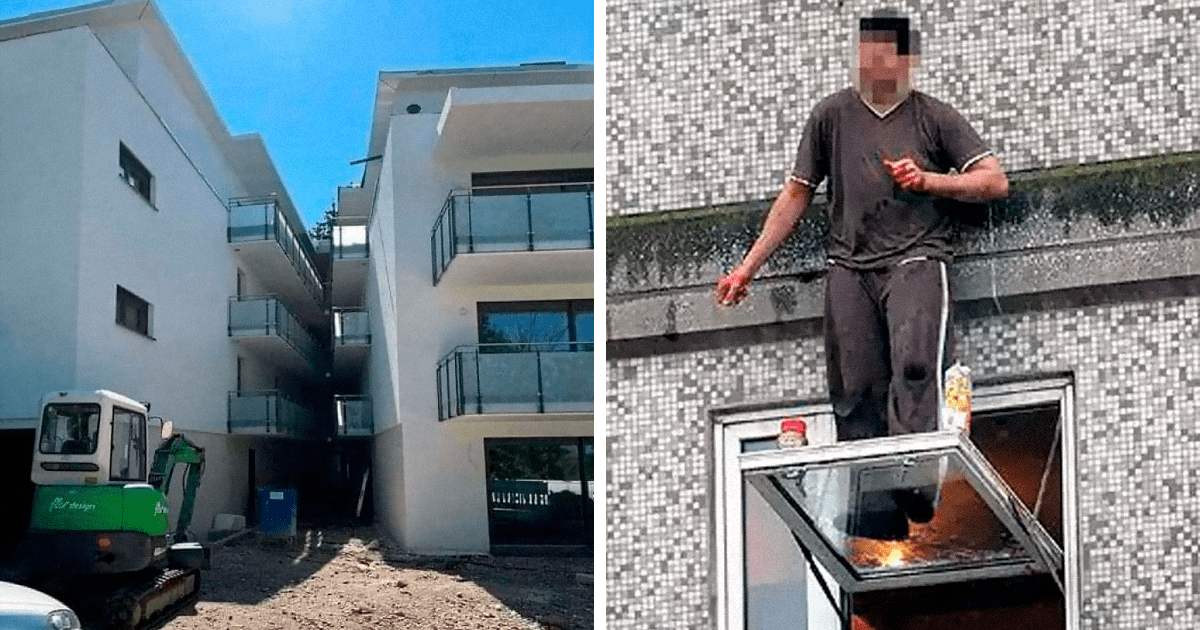- 1. 01.
- 2. 02.
- 3. 03.
- 4. 04.
- 5. 05.
- 6. 06.
- 7. 07.
- 8. 08.
- 9. 09.
- 10. 10.
- 11. 11.
- 12. 12.
- 13. 13.
- 14. 14.
- 15. 15.
- 16. 16.
- 17. 17.
- 18. 18.
- 19. 19.
- 20. 20.
- 21. 21.
- 22. 22.
- 23. 23.
- 24. 24.
- 25. 25.
- 26. 26.
- 27. 27.
- 28. 28.
- 29. 29.
- 30. 30.
- 31. 31.
- 32. 32.
- 33. 33.
- 34. 34.
- 35. 35.
- 36. 36.
- 37. 37.
- 38. 38.
- 39. 39.
- 40. 40.
- 41. 41.
- 42. 42.
- 43. 43.
- 44. 44.
- 45. 45.
- 46. 46.
- 47. 47.
- 48. 48.
- 49. 49.
- 50. 50.
What architects draw on the blueprints and what designers model can be a very far cry from what ends up being constructed and becomes construction fails. Pipes and wires in random places. Sloppily set tiles. Toilets that are beyond saving. Interiors and exteriors that seem to hate people. These are just the tip of the iceberg regarding laziness and rushed work.
‘Les Perles du Bâtiment,’ aka ‘Building Pearls,’ is a famous French Facebook group that features some of the most hilariously horrible construction fails. We’ve collected some of the very worst offenders. Scroll down to check them out, and upvote the ones that made you gasp and say, ‘Mon Dieu, quelle horreur!’ (H/T)
01.

Source
02.

Source
03.
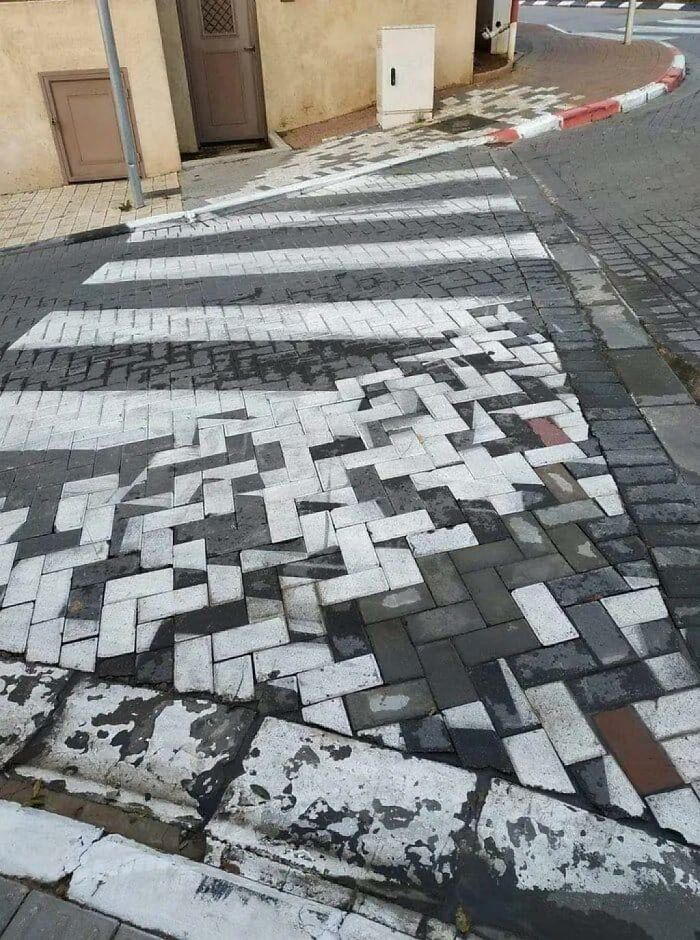
Source
The Facebook group, ‘Les Perles du Bâtiment,’ has quite a sizeable following on the social media platform. Nearly 247.6k internet users are members of this online community.
At its core, the group has an evident focus: to share the “best of the worst” in building construction. And it’s all done for fun! Members are encouraged to enjoy themselves and to post-construction fails photos for entertainment.
04.
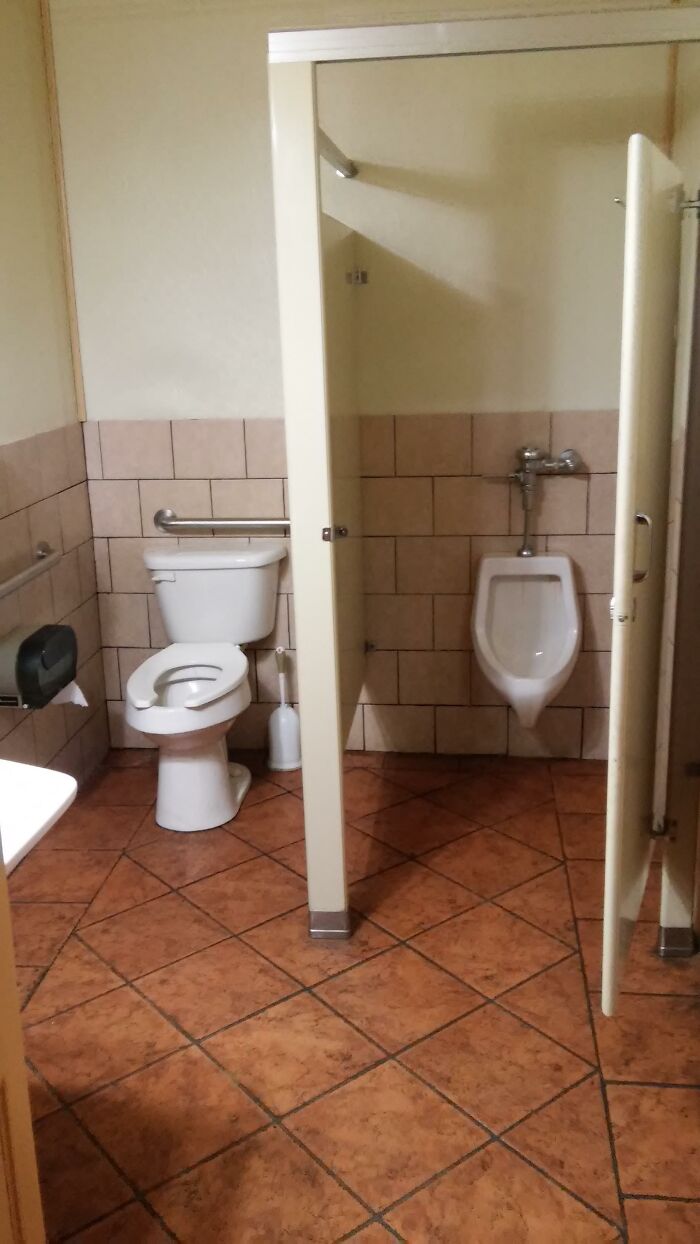
Source
05.
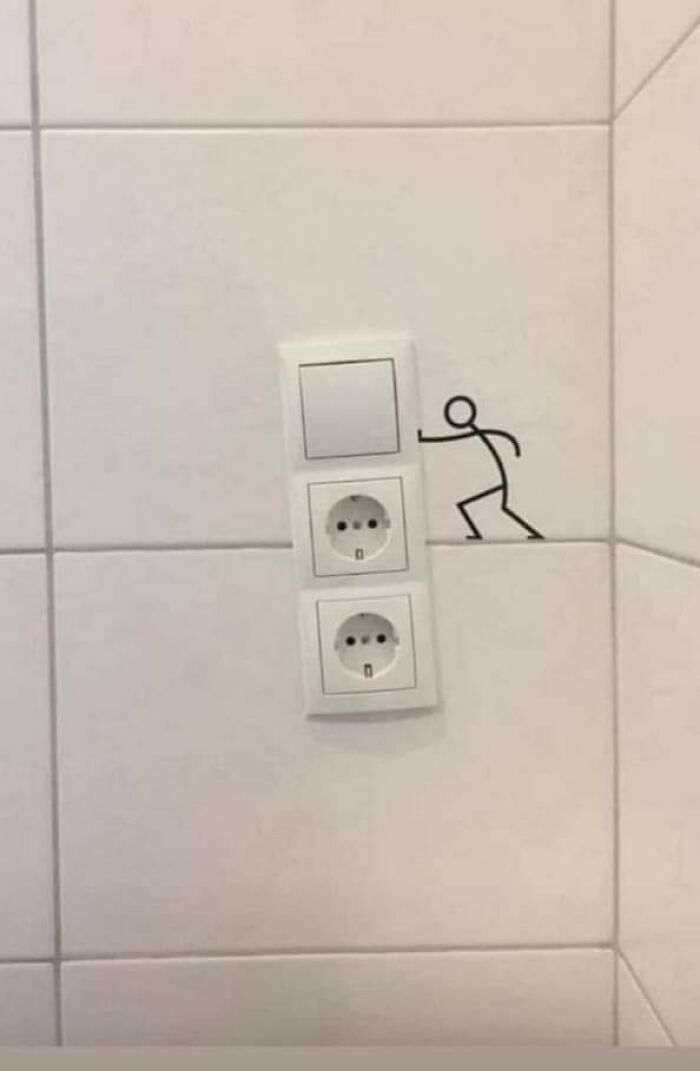
Source
06.
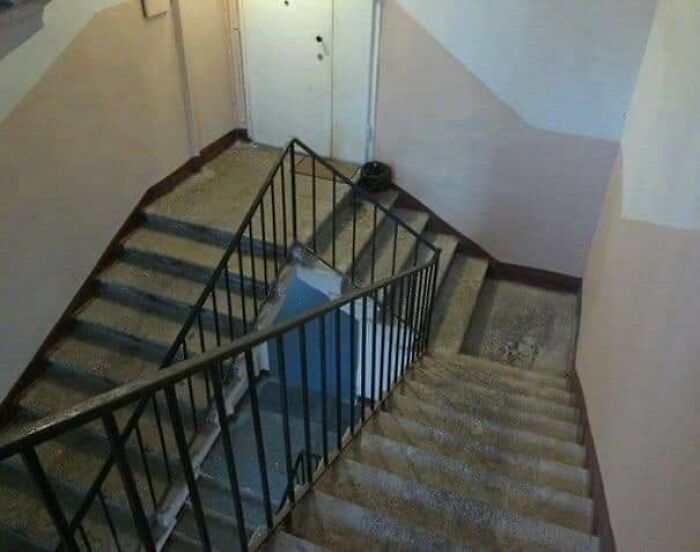
Source
The two administrators emphasize that the community should create “a welcoming environment” and stress that this is “everyone’s responsibility.”
Members should treat each other with the respect that they deserve. It’s important to remember that when opinions diverge. “It’s okay to have constructive debates, but it’s essential to be friendly,” the admins remind the group.
07.
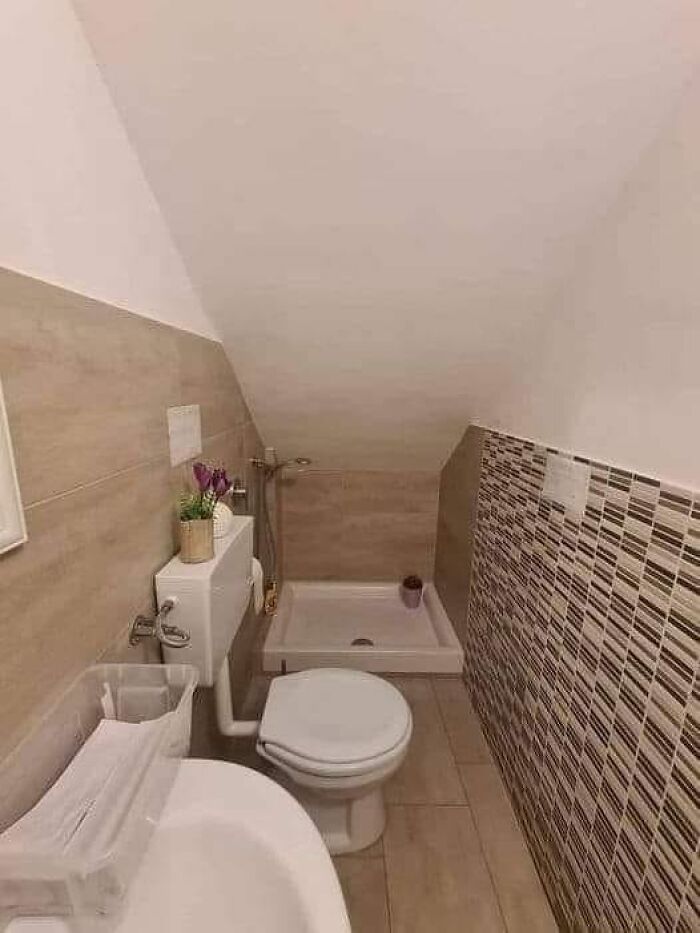
Source
08.
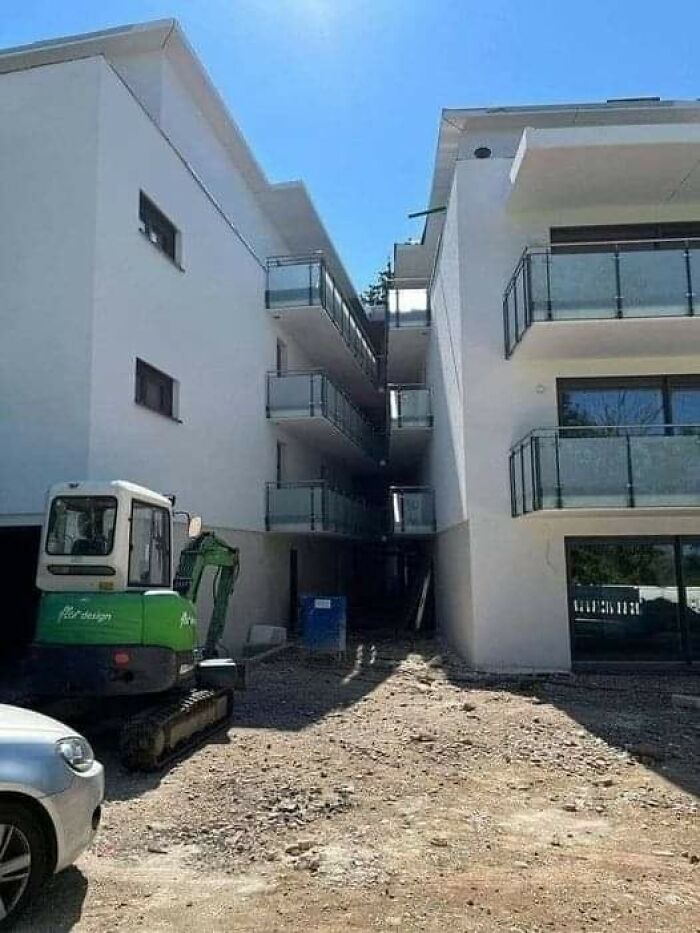
Source
09.

Source
There are three main areas where things can go disastrously wrong when building a new property or renovating an older project. Ideally, you want to see a balance between the architect or designer’s vision, the client’s needs and demands, and the skills and performance of the contractors you employ to bring the entire idea to life.
But let’s be honest—it’s a miracle if everyone’s on the same page throughout the project. It requires fantastic communication, outstanding leadership, and quick thinking when things (inevitably) go wrong.
10.
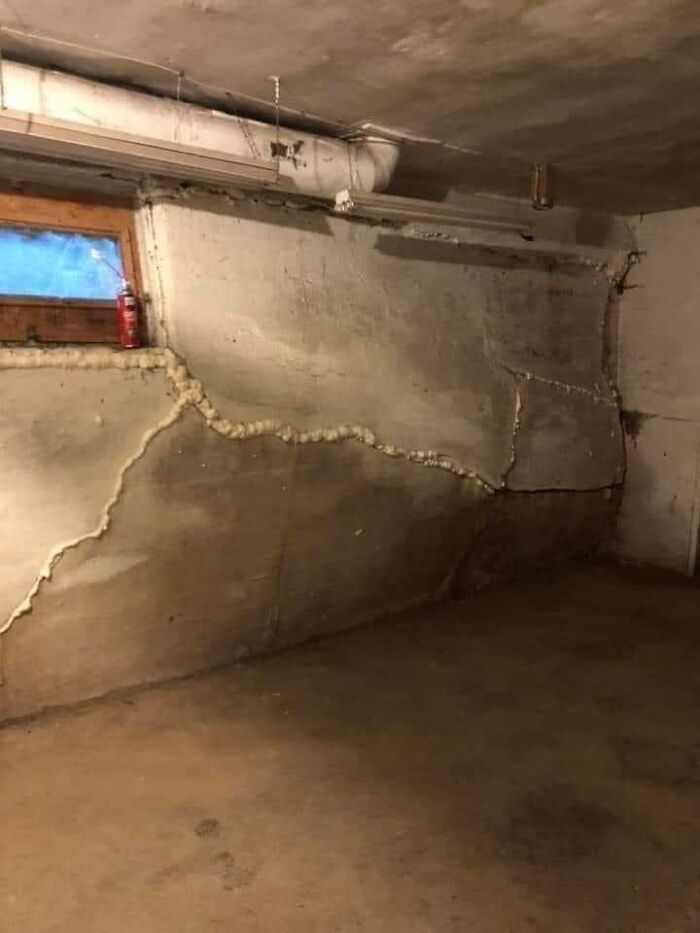
Source
11.
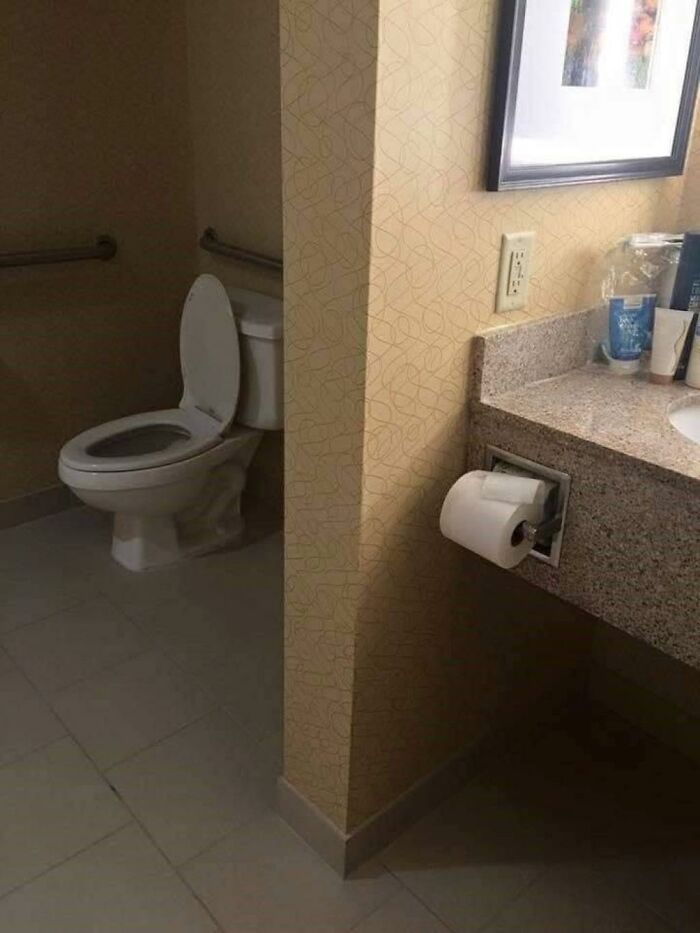
Source
12.
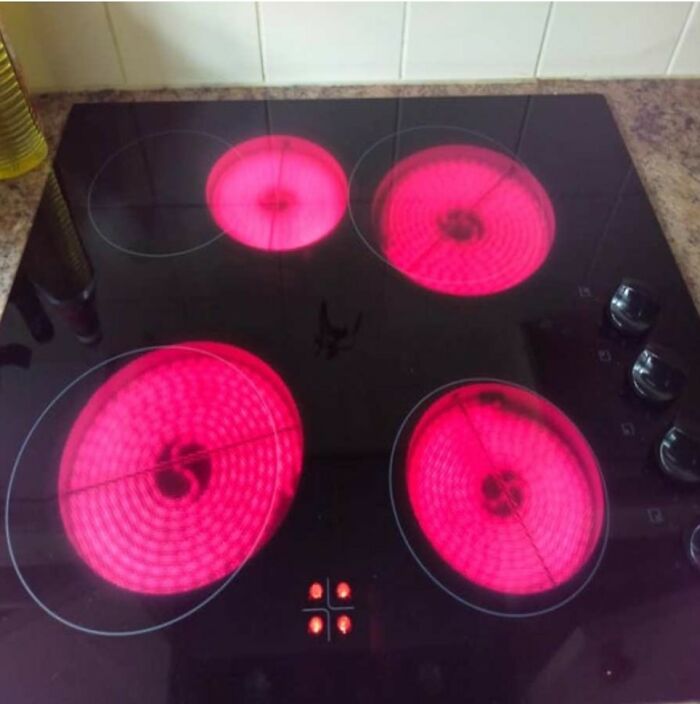
Source
One thing that can derail the entire building project is an overly-ambitious or temperamental designer. Aside from technical skills and a wonderfully active imagination, architects and designers must also have managerial skills. And that means being good leaders: supporting contracts, communicating clearly and often, and dealing with conflicts calmly and professionally. Things can go disastrously wrong if those skills are lacking.
13.
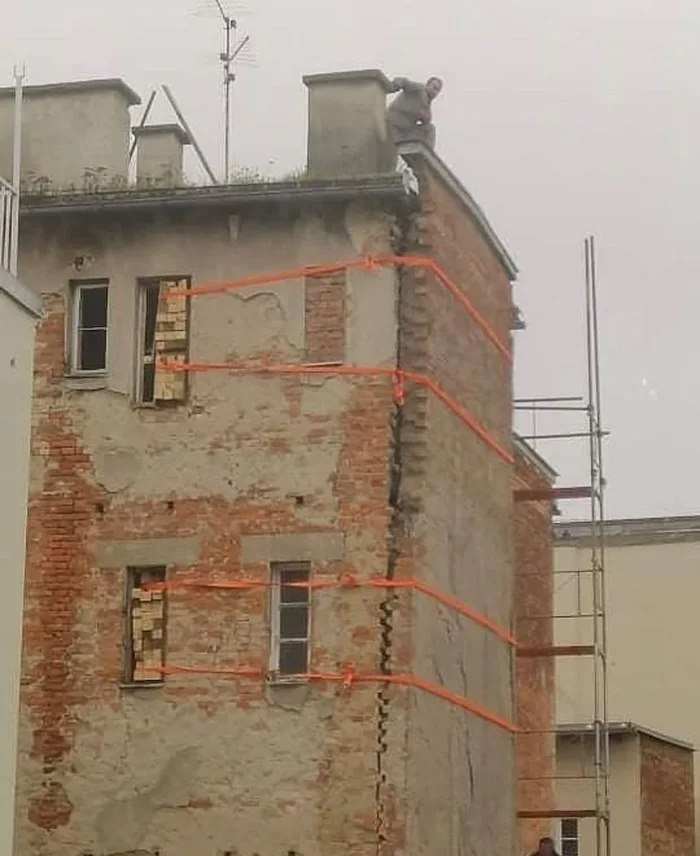
Source
14.
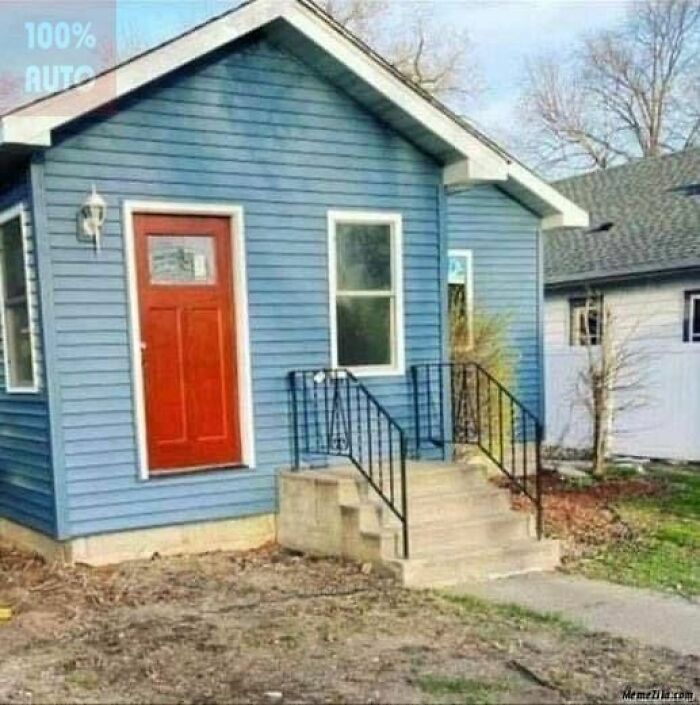
Source
15.
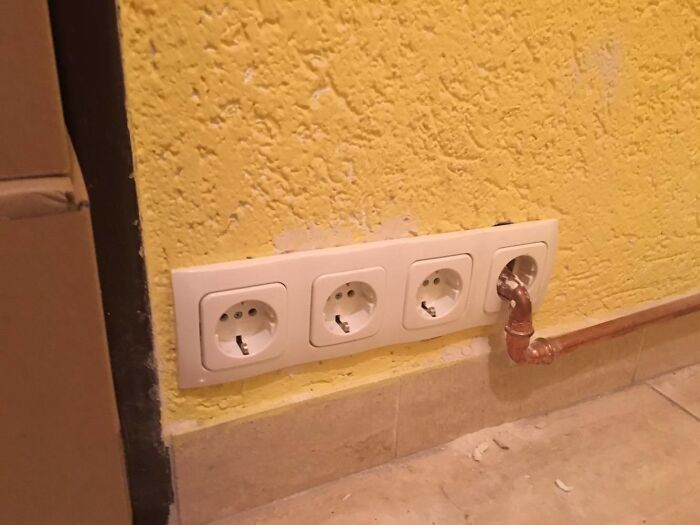
Source
So designers who cannot express themselves to their contractors clearly can indirectly cause mistakes as certain aspects of the project get misinterpreted. Meanwhile, overly-arrogant architects can focus too much on their artistic vision entirely at the expense of functionality and practicality. Some builders might be unable to turn those imaginative ideas into reality due to lacking skills or materials. At the same time, the people living in the house or apartment may be confused by the designer’s artistic direction and a user-unfriendly interior.
16.
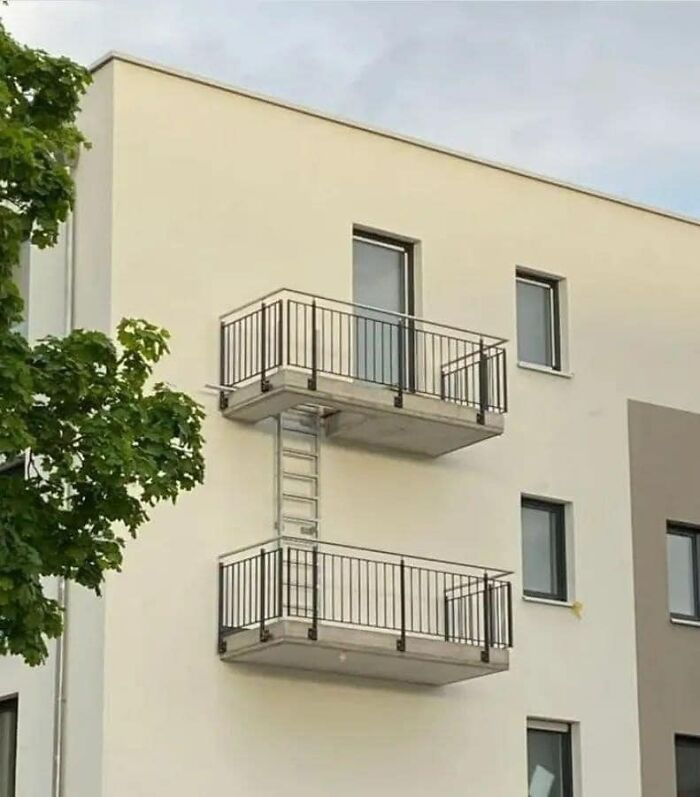
Source
17.
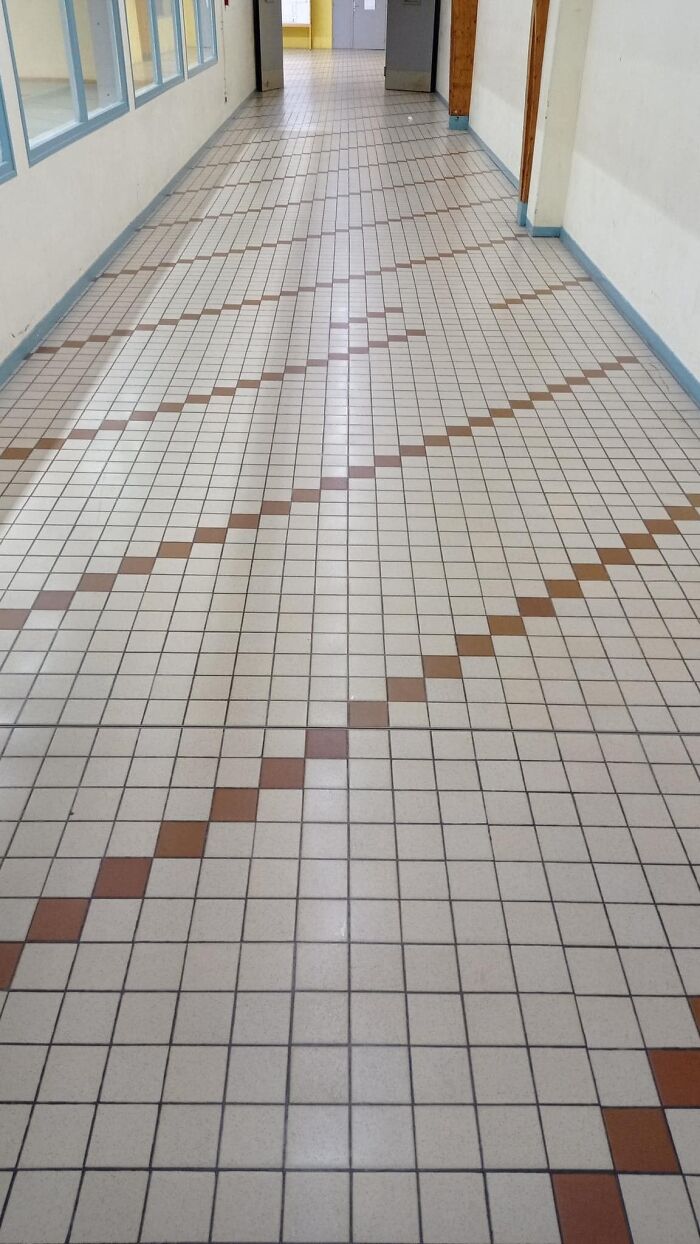
Source
18.
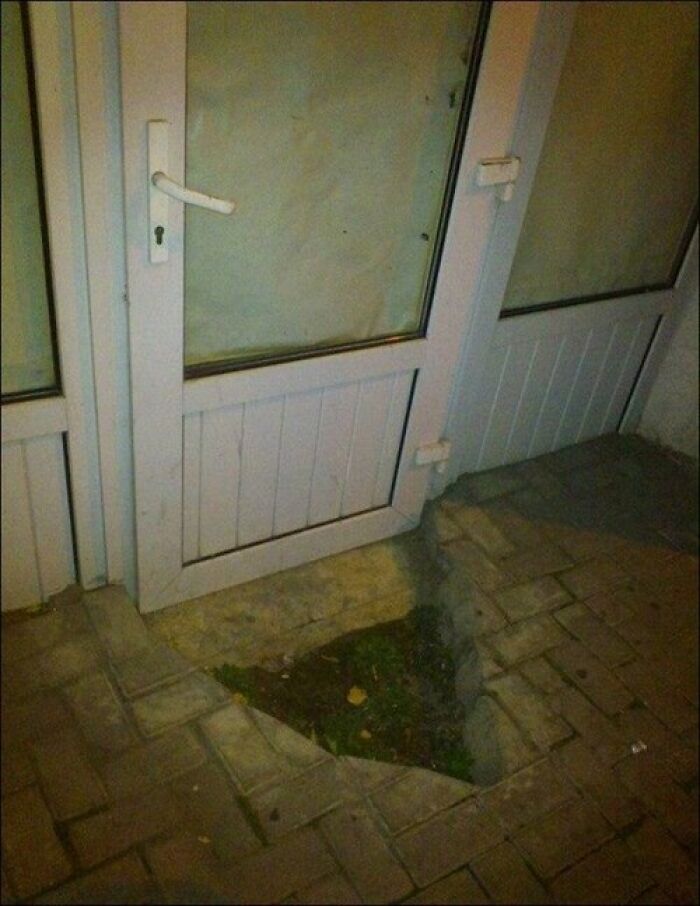
Source
Secondly, the clients themselves can end up harming the overall result. Something that many of you A&D followers will probably agree with is just how distracting and annoying people who constantly change their opinions can be. Flip-floppers won’t win you any friends, no matter the industry, especially not construction and design.
19.
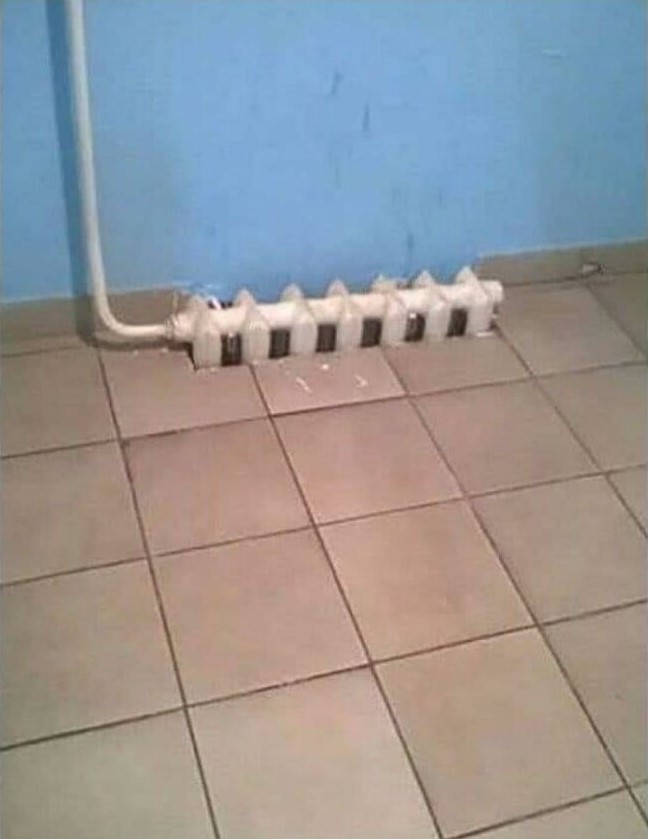
Source
20.
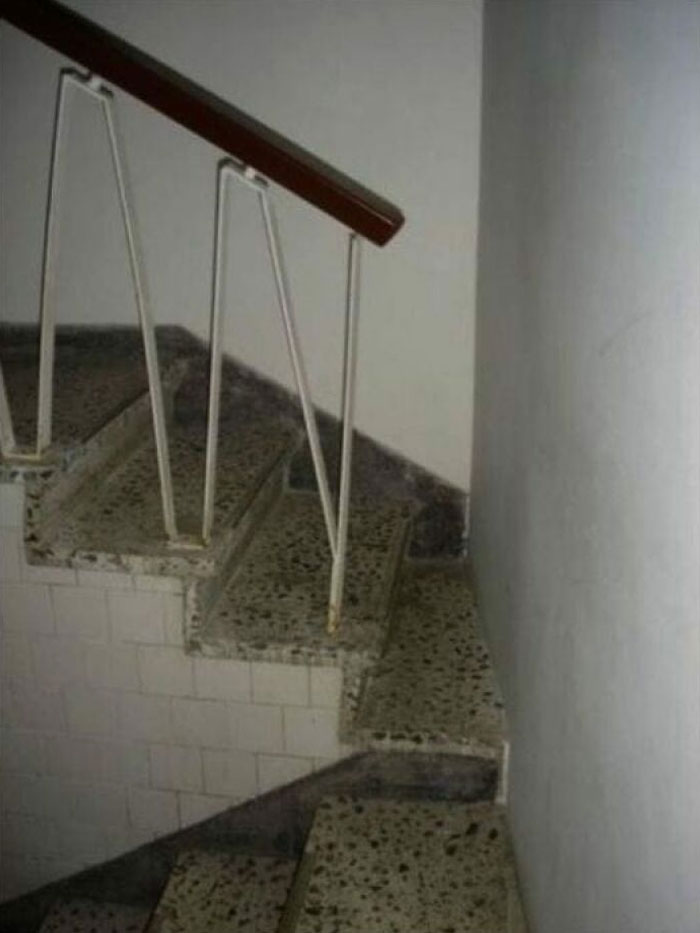
Source
21.

Source
So if you have a client who keeps changing their thoughts on what tiles should be used in the bathroom, how many lights they want in the living room, and what colors the walls should be, it’s a nightmare waiting to happen. This flip-flopping will considerably slow the entire building or renovation process, as the designer and contractors must redo some parts. Meanwhile, the builders themselves are bound to get frustrated and demotivated. After all, why bother working hard and quickly if you might have to redo everything repeatedly (and again!)?
22.
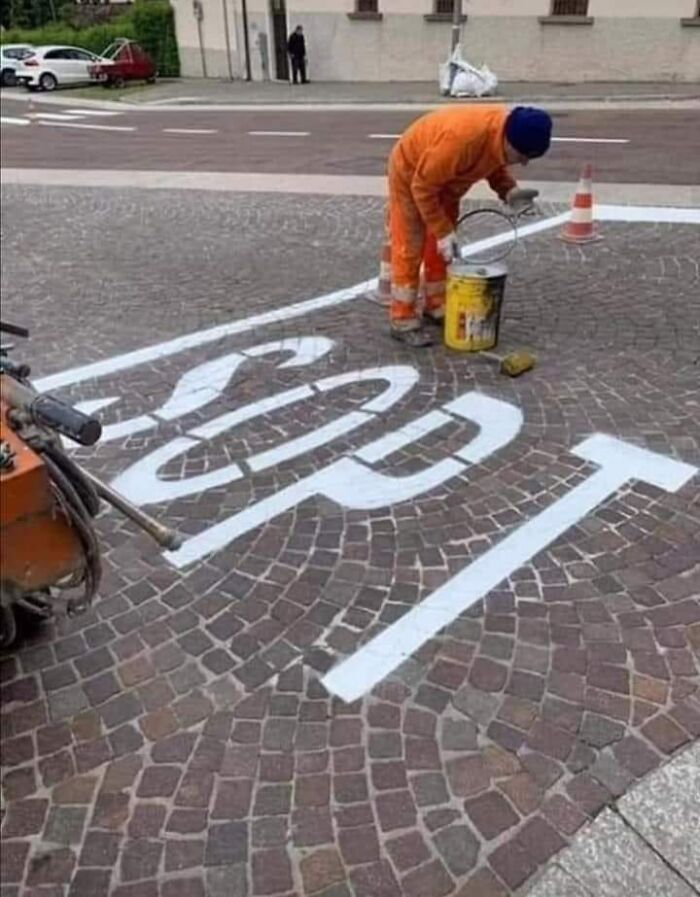
Source
23.
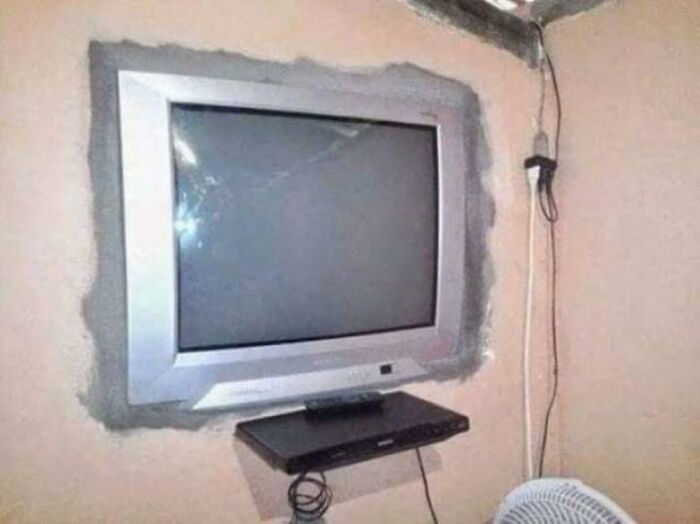
Source
24.
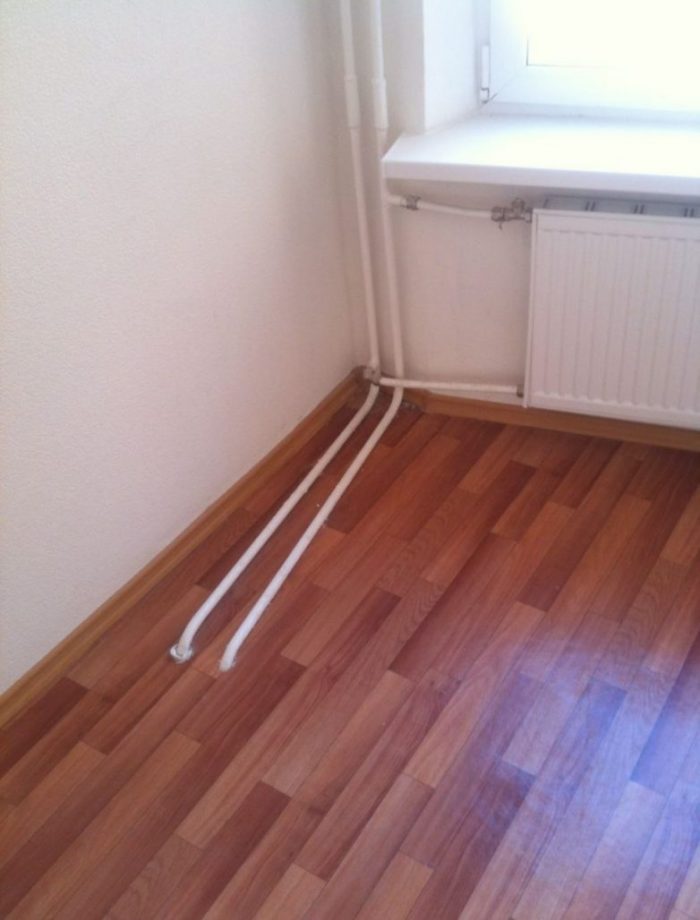
Source
Last but certainly not least, the contractors, the boots on the ground, lie at the core of what will either become a testament to design greatness… or end up being poked fun at on ‘Les Perles du Bâtiment.’
As we’ve covered before on A&D, there’s a wide range of reasons why contractors might make unaesthetic mistakes or incredibly bizarre decisions. Some builders might run out of the needed materials and not find suitable alternatives. So instead, they have to settle for some cheaper substitutes. Others might realize that what’s demanded from them won’t be practical, so they opt for functionality over beauty.
25.

Source
26.

Source
27.
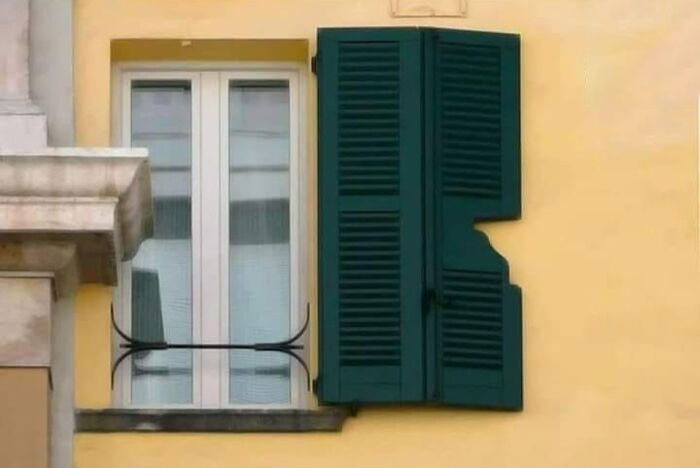
Source
However, it doesn’t mean that all mistakes are innocent. Contractors are as varied as any other group of experts. Inevitably, you’ll run into some who don’t care about being professional: they want to get paid the most for the least amount of work. So they’ll be slow and sloppy because they don’t care about design or the client. Others might intentionally choose to cut costs and go for cheap materials and shoddy work. Something likely to haunt the people living on the property for years to come.
28.

Source
29.
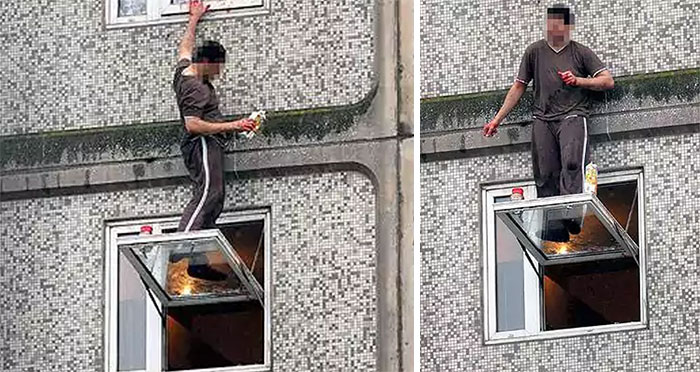
Source
30.
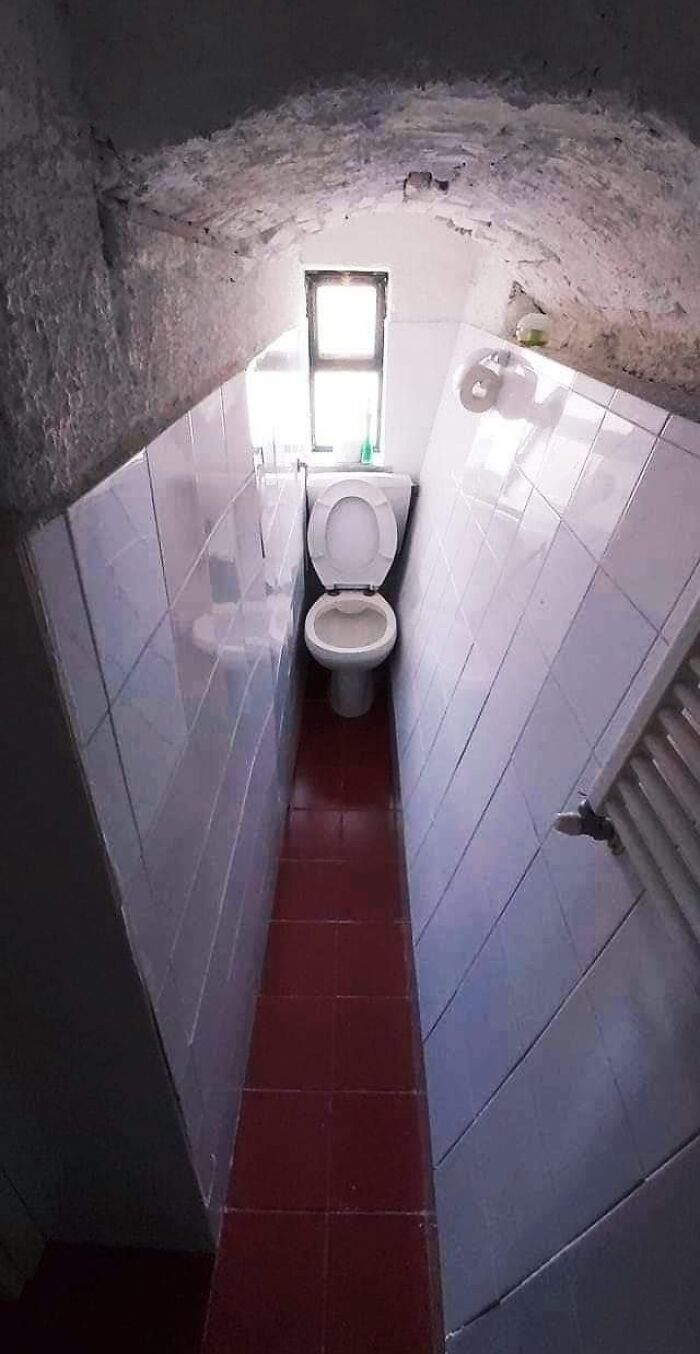
Source
So, tell us, dear A&D followers, which of these construction fails terrifies you the most? Have you ever seen anything wrong in real life? Why do you personally think mistakes like the ones featured in this list get made at all? Share your thoughts and experiences with contractors in the comments. We can’t wait to hear from you.
31.

Source
32.

Source
33.
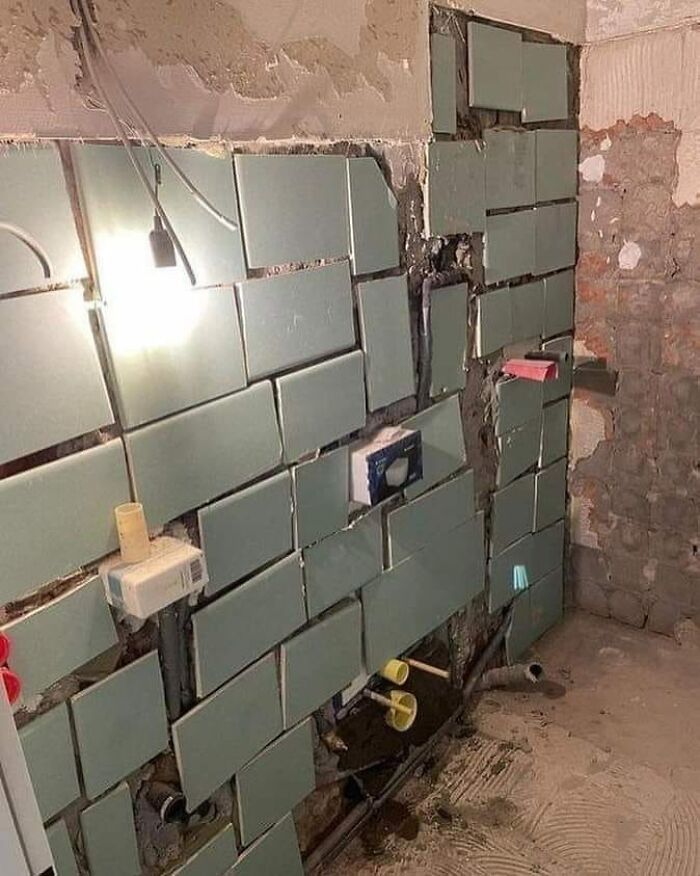
Source
34.
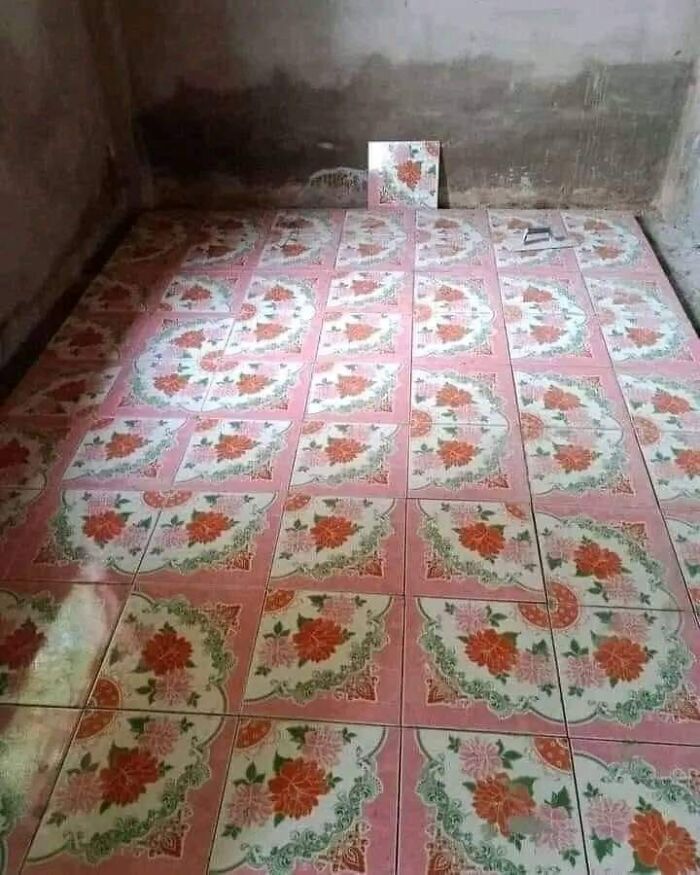
Source
35.

Source
36.
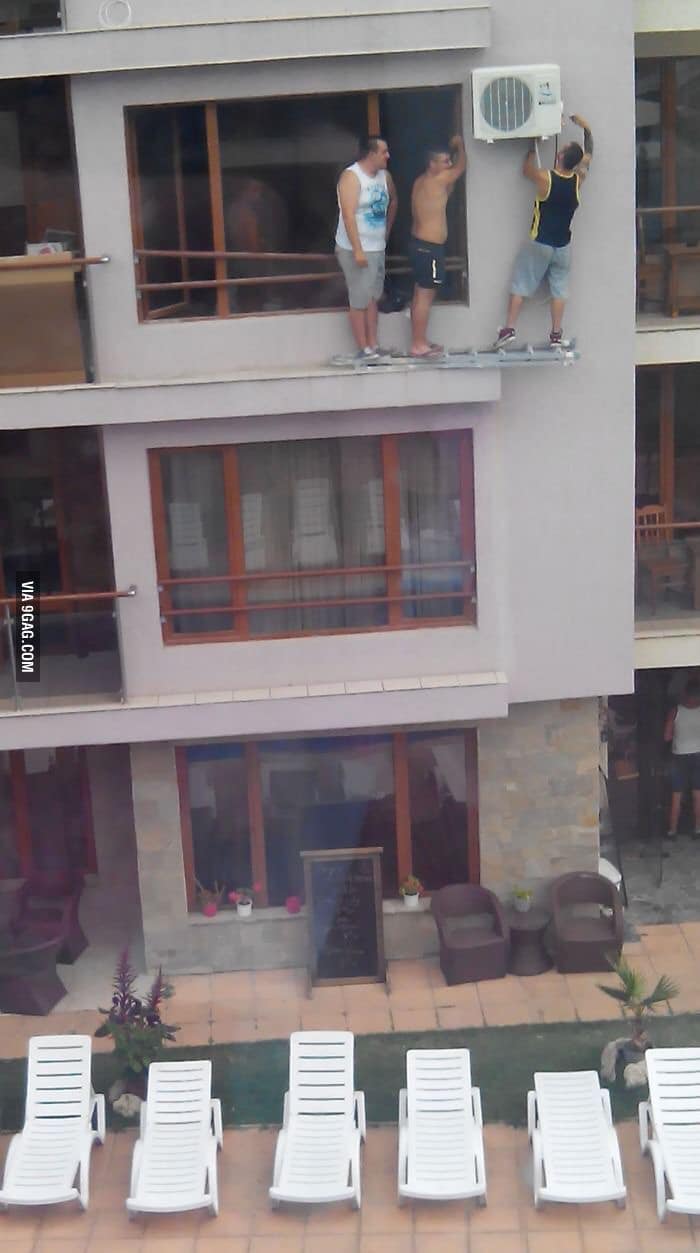
Source
37.
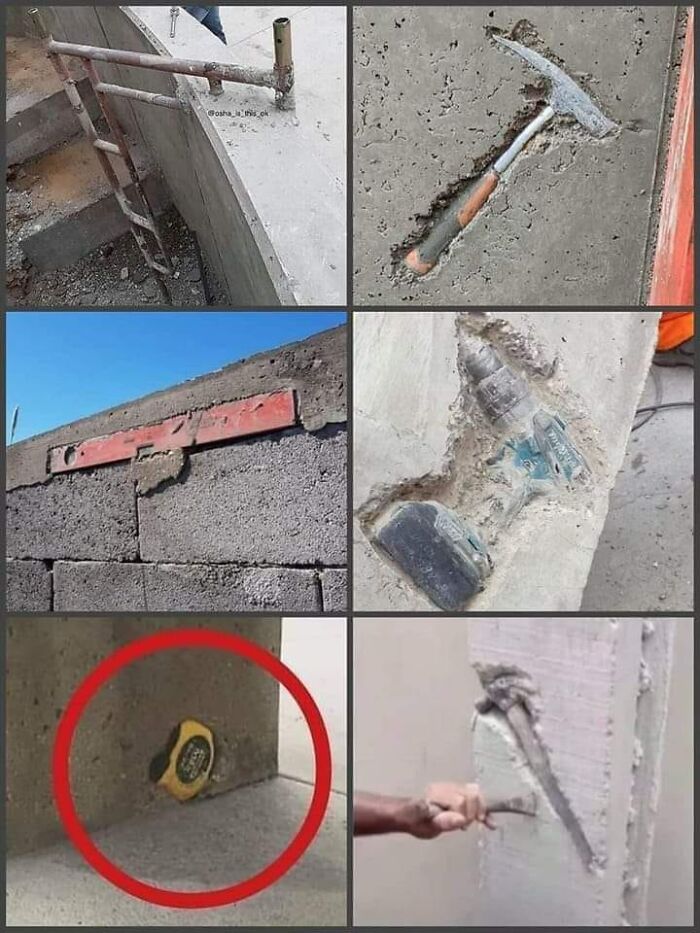
Source
38.
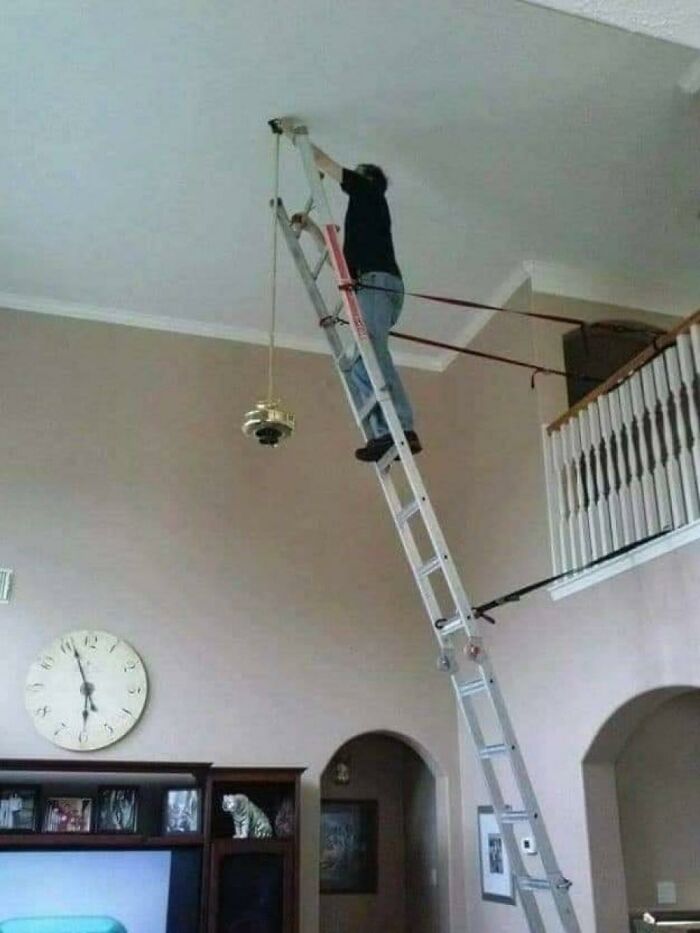
Source
39.
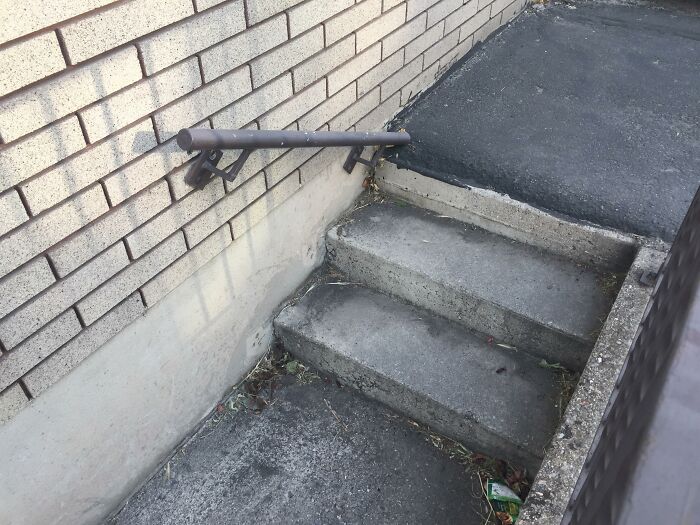
Source
40.

Source
41.
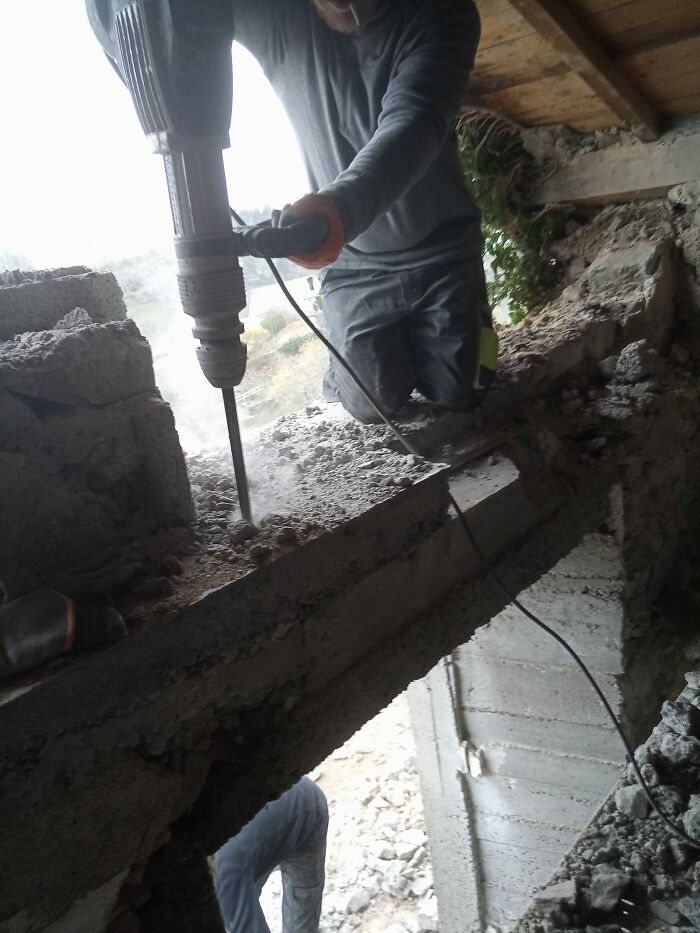
Source
42.

Source
43.
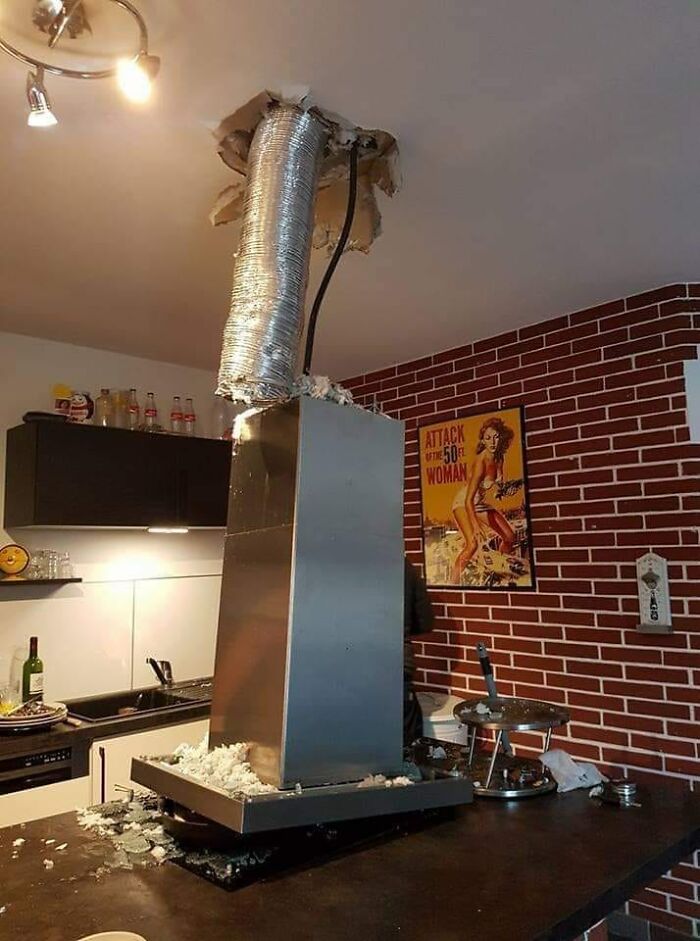
Source
44.
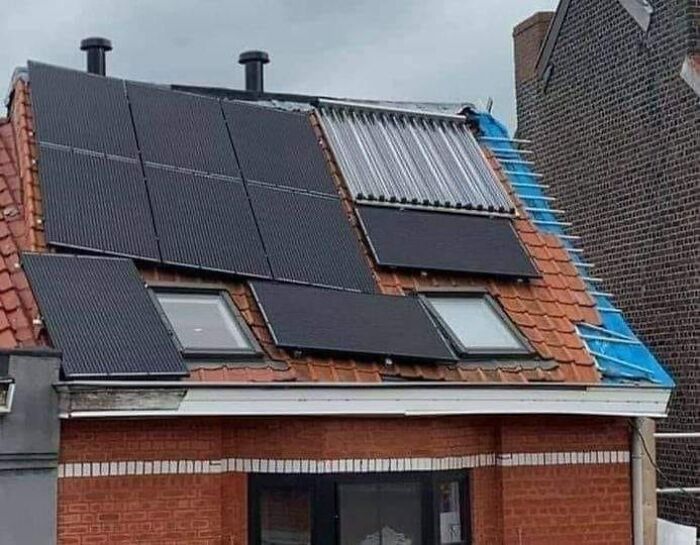
Source
45.
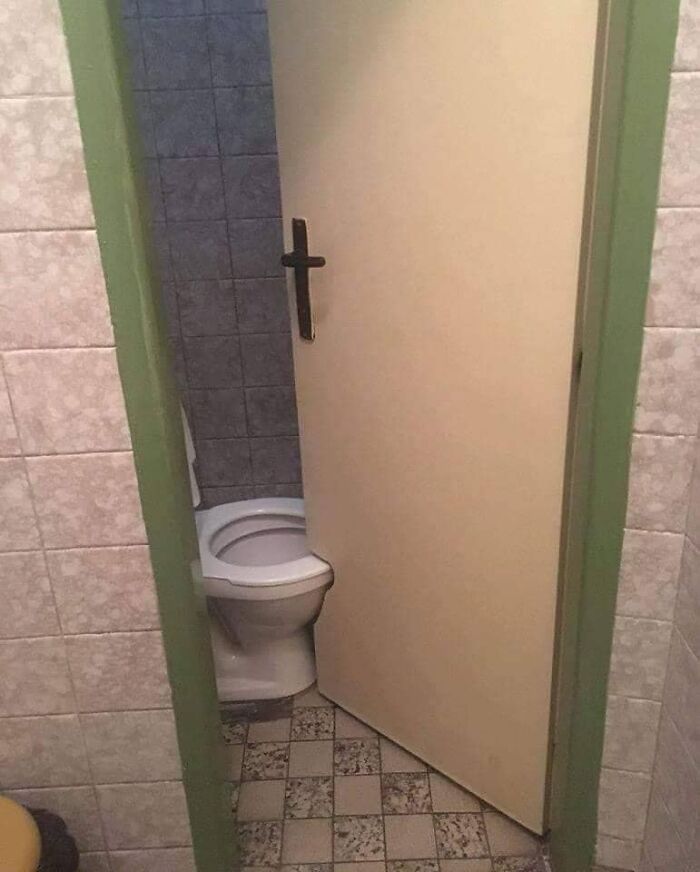
Source
46.
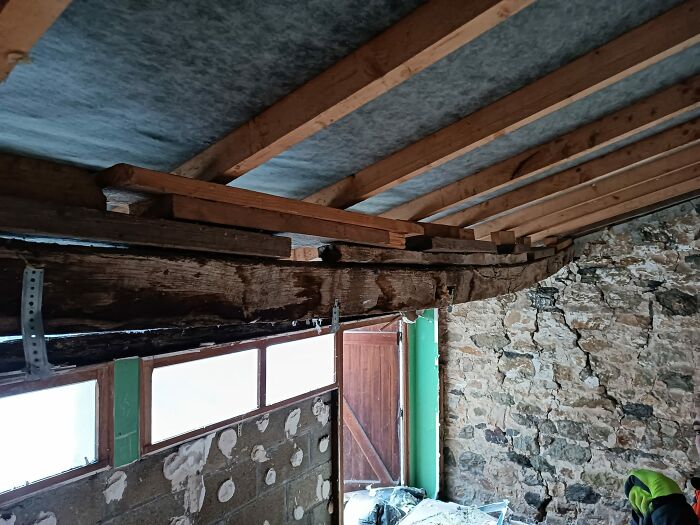
Source
47.
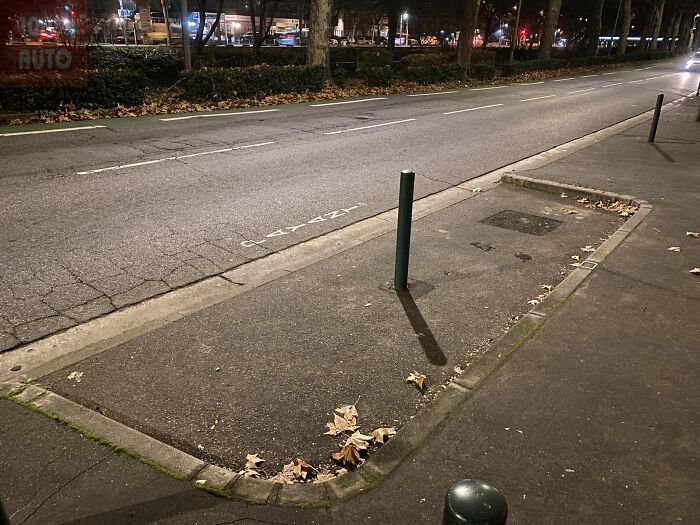
Source
48.

Source
49.
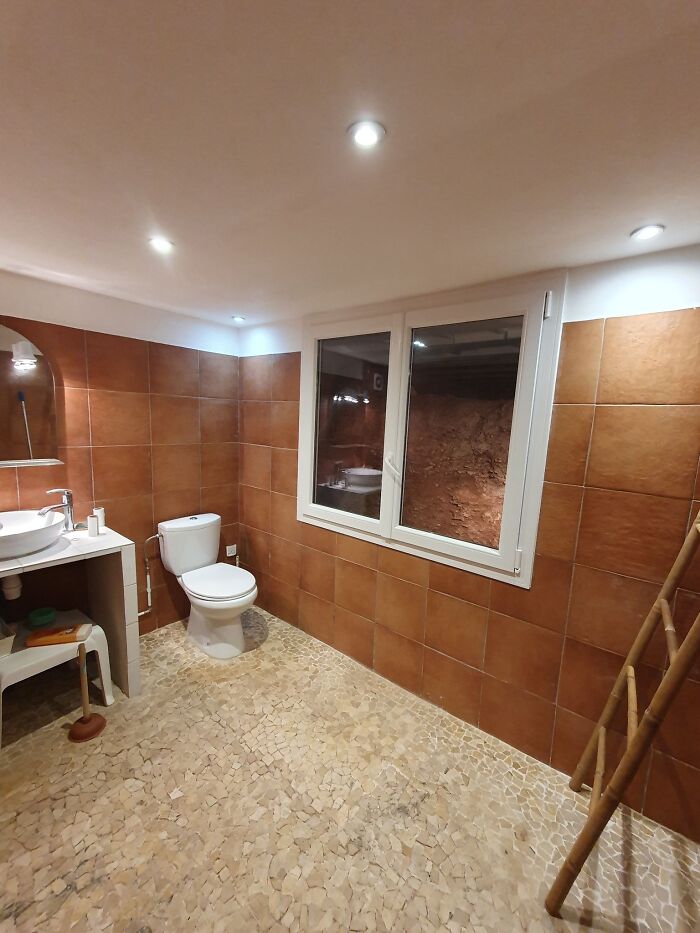
Source
50.

Source
Like what you’re reading? Subscribe to our top stories.
